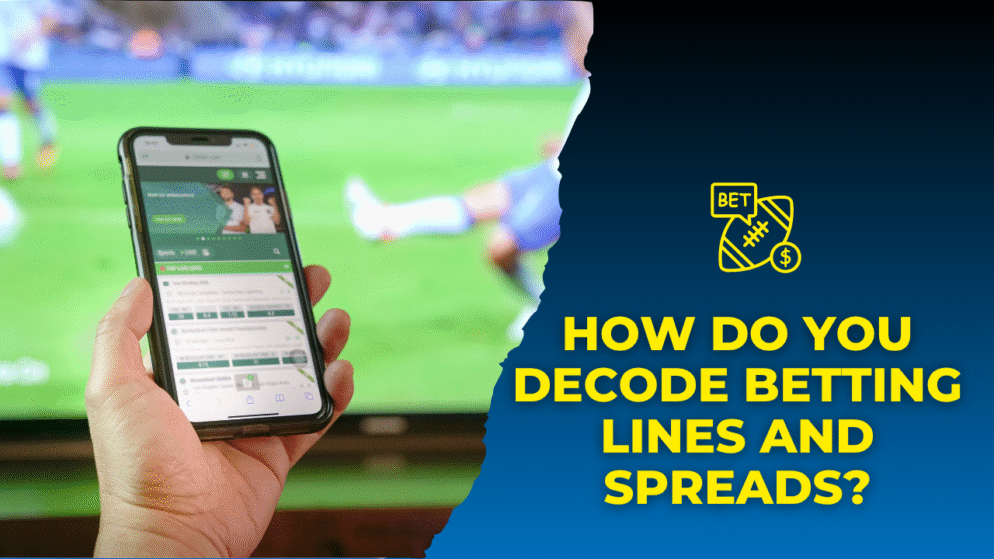

Sports betting can seem intimidating at first glance, with its array of numbers, symbols, and terminology that might as well be written in a foreign language. However, understanding betting lines and spreads is simpler than you might think once you learn the basic principles. Whether you’re curious about sports betting or looking to make more informed decisions, decoding these numbers is your first step toward understanding how the betting world works.
Understanding Point Spreads
The point spread is one of the most common betting formats, especially in football and basketball. When you see a line like “Lakers -7.5 vs. Warriors +7.5,” this tells you that the Lakers are favored to win by 7.5 points. The minus sign (-) indicates the favorite, while the plus sign (+) shows the underdog.
If you bet on the Lakers, they must win by 8 or more points for your bet to succeed. Conversely, betting on the Warriors means they can either win outright or lose by 7 points or fewer for you to win your wager. The half-point (known as the “hook”) eliminates the possibility of a tie.
Decoding Moneyline Odds
Moneyline betting is straightforward – you’re simply picking who will win the game. However, the odds reflect the payout structure. Negative numbers indicate favorites and show how much you need to bet to win $100. Positive numbers represent underdogs and show how much you’d win on a $100 bet.
For example, if the Lakers are -150 and the Warriors are +130, you’d need to bet $150 on the Lakers to win $100, while a $100 bet on the Warriors would net you $130 if they win. The larger the negative number, the bigger the favorite; the larger the positive number, the bigger the underdog.
Totals and Over/Under Bets
The over/under, or totals bet, focuses on the combined score of both teams rather than who wins. If a basketball game has a total of 215.5, you can bet whether the final combined score will be over or under that number. Like spreads, the half-point prevents ties.
Reading the Juice
The “juice” or “vig” is the sportsbook’s commission, typically shown as -110 next to spreads and totals. This means you need to bet $110 to win $100, with the extra $10 going to the house. Sometimes you’ll see different juice on each side, indicating where the betting action is leaning.
Key Numbers Matter
Certain numbers appear more frequently in final scores, making them valuable in spread betting. In football, 3 and 7 are crucial because of field goals and touchdowns. In basketball, look for spreads around 1, 2, 3, 5, and 7 points, as these represent common winning margins.
Line Movement and What It Means
Betting lines aren’t static – they move based on betting action, injuries, weather, and other factors. If a line moves from Lakers -6 to Lakers -8, it usually means more money is coming in on the Lakers, and the sportsbook is adjusting to balance their exposure.
Putting It All Together
Understanding betting lines requires recognizing that these numbers represent both the sportsbook’s assessment of the game and the betting public’s sentiment. The goal isn’t necessarily to predict the exact outcome, but to find value where you believe the odds don’t accurately reflect the true probability.
Remember, sports betting should always be approached responsibly. These lines are carefully crafted by professionals, and understanding them is just the beginning of making informed decisions in the complex world of sports wagering.





